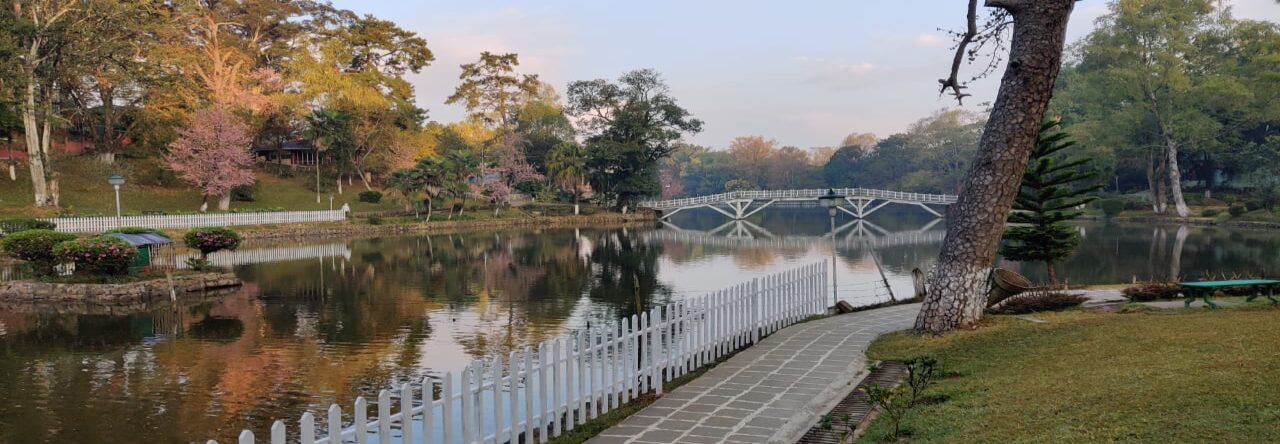The telegram arrived with the message, Havildar Bangshi Singh is under treatment at Tezpur Military Hospital for bullet wounds, desires your presence. Delivered to his elder brother, an employee of the Government of Assam, at Shillong…………..
The long standing tension between India and China over the demarcation of the Himalayan frontier came to a head on October 20, 1962 with a massive offensive by Chinese forces both in the Ladakh area of North eastern Kashmir and across the McMahon line in the North East Frontier Agency (NEFA)………….
Che Dong was no prominent land mark, or a feature of tactical importance. It was merely a cluster of herder’s huts built by Monpa tribesmen of the region. The huts lay a short distance from the spot where the boundaries of Tibet, Bhutan and India met,on the western most tip of the McMahon line, where the 33rd corps commanded by the respected Lt General Umrao Singh,on February 24, 1962, had ordered setting up of a post at the tri junction itself, among nine other posts. The Assam Rifles detachment that went to set up the post found the site unsuitable owing to its altitude and inaccessibility and instead selected Che Dong that lay on the lower slopes of a mountain range (called Tsangdhor), lying eastwards from the series of mountains that formed the tri-junction. It faced another mountain ridge (Thag La ridge) which was on a higher altitude, both ridges separated by a mountain stream, called Namka Chu, the source of which lay in north west of Che Dong among a cluster of lakes, ran a length of about 26 Kilometres in deep boulder strewn bed and dropped sharply by the time it neared another post, the Khinjemane post. The river valley was thickly wooded, movement was difficult, which was to become the theatre of a fierce battle as the conflict grew. Positioned thus on a lower altitude, the post was most vulnerable and served no tactical purpose for the Army. The post became erroneously famous as Dhola Post, established by Captain Mahabir Prasad of 1 SIKH on June 4th, 1962. …….
While this post was being set up, Major General Niranjan Prasad, the General Officer Commanding, 4th Infantry Division, questioned the officer entrusted with the task of setting up the post as to why a site shown on the north of the McMahon line was selected.
Major General Prasad was unhappy about it and made several representations from the middle of July 1962 emphasizing that it should either be withdrawn or moved forward to a tactically sound position atop Thag La Ridge, if indeed it was Indian territory. The delayed response from the Defense Ministry via Army Headquarters came on 12 September, conveying that Thag La ridge was indeed Indian territory and the Army must exercise the Country’s rights over it. The decision came too late, by then, the Chinese were already atop Thag La Ridge in strengh, with regular Peoples Liberation Army front line troops. The Indian post at Che Dong, the Dhola post, lying at a lower plane was now most vulnerable to the Chinese attack.
As it was, Thag La was important to the Chinese too. A large Tibetan village lay on its northern slopes which was an obvious site for a Chinese forward base for any operations against India in this sector. Besides, there had been trouble over the ridge earlier.
On the North- East frontier, fierce fighting ensued lasting over 24 hours.The attack on the Namka Chu positions commenced in the early hours of 20th October at 05.45 hours, which was preceded by heavy bombardment. The Chinese had infiltrated through huge gaps in the Indian defenses, thus rendering it vulnerable and were attacking downhill from higher ground behind Indian defenses. The Indian defenders were thus forced to turn around and face the attack. The telephone lines which ran along the Namka Chu were also disabled during the night. Thus the Brigade HQ was rendered incommunicado with any of its Battalions. The main thrust of the attack was faced by 2nd Rajput which was already weakened by the Chinese infiltration. The casualties suffered bear testimony to the heroic fight put up by them against overwhelming odds. Against their overall strength of 513 inclusive of all ranks deployed on Namka Chu, 282 jawans laid down their lives in supreme sacrifice, 171 soldiers were taken prisoner, among whom 81 were wounded. The fierce battle left with a meager number of 60 survivors. The Chinese too suffered heavily, their casualties being manifold compared to the Indian losses, indicating the tough fight put up by the Indian soldiers. The battle had lasted for about three hours. Thus the much smaller Indian force belonging to the 7th infantry Brigade, commanded by Brigedier John P Dalvi was overwhelmed by the better equipped and much larger Chinese forces, who had attacked in at least Divisional strength( one division comprising about 10000 troops), and the two outposts of the Indian army, namely Dhola and near by Khinzemane post were overrun. ( Brigedier J P Dalvi was taken prisoner during the assault and saw the elaborate arrangements the Chinese had already made for keeping about 3000 prisoners, indicating their sinister designs on a full scale assault much before the conflict had actually taken place).




